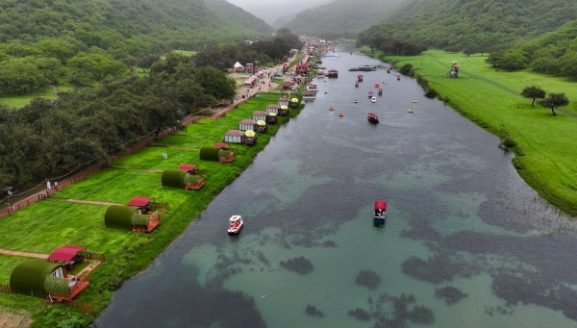Expats’ Provident Fund in Oman: Essential Insights on the Savings System and Its Business Implications Until July 2027
Muscat: A recent Royal Decree (60/2025) has revised certain provisions of the previously issued Royal Decree (52/2023), which introduced the Social Protection Law.
The updated regulations now state that the implementation of the savings system, or provident fund scheme for expatriates, will commence on July 19, 2027, delaying the original start date of 2026.
What is the Savings System or Provident Fund Scheme?
According to Article 135 of the Social Protection Law, the savings system is classified as a defined contribution scheme, with regulations outlining its governance. Article 136 emphasizes that this savings system will be mandatory for non-Omani workers and will adhere to the compulsory savings amount specified in Article 139(1) of the law.
Additionally, Article 137 outlines that this savings system will replace the end-of-service gratuity previously provided by employers to non-Omani workers.
Employers are required by Article 138 to pay the end-of-service gratuity for the period of service prior to the enforcement of the new contribution guidelines, either according to the Labour Law or by transferring it to the savings system.
The savings accrued from this system will be disbursed to non-Omani workers following the commencement of contributions detailed in Article 139(1) for specific conditions listed in Article 143.
Article 139 outlines how the savings system will be financed:
- 9% of the monthly basic wage of the insured non-Omani worker.
- Additional contributions from employers, the insured, or others to support the covered groups.
- Donations approved by the governing board.
- Loans sanctioned by the board after receiving approval from the Ministry of Finance.
Article 140 mandates that regulations will detail the payment schedule for these contributions and any penalties for late compliance, while Article 141 guarantees that savers will receive their contributions, plus any returns, with potential minimum return rates specified.
Savers may withdraw their accumulated savings as a one-time payment or in annual/monthly installments as per Article 142. Cases qualifying for fund disbursement include employment termination, the saver’s death, or permanent disability, as noted in Article 143.
Should a saver leave the system, they must inform the fund, as stipulated in Article 144, along with penalties for failure to notify.
Previously, the Ministry of Labour indicated that both Omani and expatriate gratuities would be determined according to Article 61 of the Labour Law until the savings system’s implementation in July 2027.
For Expatriates:
Under the former Labour Law, gratuity was calculated at 15 days’ wages for the first three years of service and one month’s wage for each year thereafter. Starting July 31, 2023, gratuity will instead be based on one full basic salary for each year of service, using the employee’s most recent basic salary.
Gratuity Calculation Example
Consider an expatriate employee whose contract began on August 1, 2021, with a basic salary of RO500. If the employment concludes after the new law takes effect, the gratuity will be calculated as follows:
- From August 1, 2021, to July 31, 2023, under the old law, the gratuity will be RO250 per year (half of the basic salary) for a total of RO500 (two years of service).
- For service after July 31, 2023, the gratuity will be evaluated at RO500 per year, adhering to the new law’s stipulation of one full basic salary for completed years of service.
Special Analysis by Omanet | Navigate Oman’s Market
The recent amendment to the Social Protection Law introduces a new savings system for expatriates, delaying implementation until July 2027. This presents opportunities for businesses to adjust their financial planning while also increasing compliance requirements, impacting operational costs. Smart investors should consider the implications of these changes on labor costs and employee retention strategies as they navigate this evolving regulatory landscape.



